14 things to never keep duplicates of – banish clutter for good by clearing your home of these items, say pro organizers
Cutting down will streamline your living space
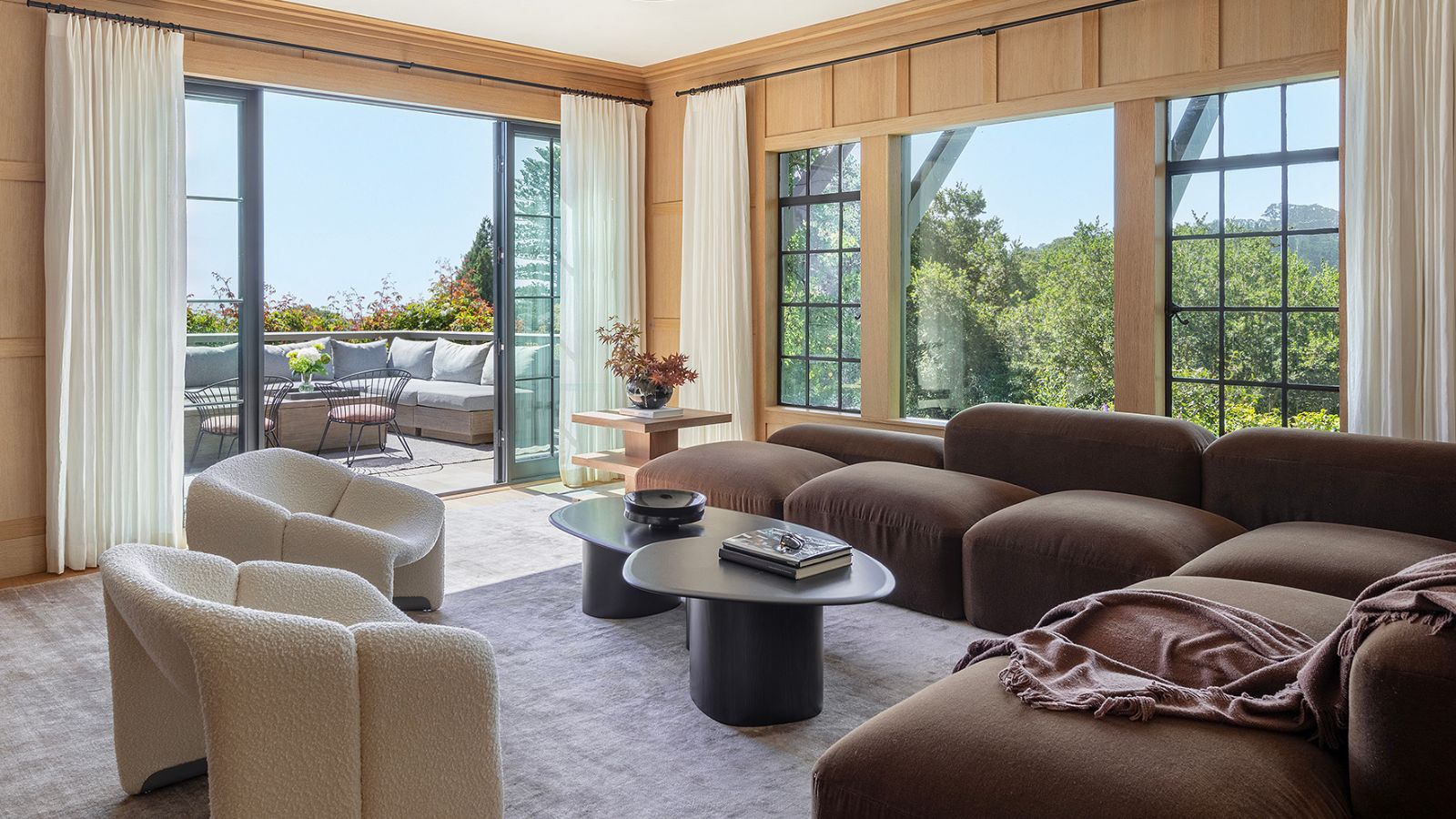
- 1. Mugs and bottles
- 2. Tupperware and plasticware
- 3. Kitchen utensils
- 4. Unused cooking gadgets
- 5. Reusable bags
- 6. Old towels
- 7. Books
- 8. Empty jars
- 9. Bedsheets
- 10. Home documents
- 11. Makeup and bath products
- 12. Socks with missing pairs
- 13. Holiday decorations
- 14. Cords, cables and old electronics
- FAQs
- Why do I always end up with clutter?
- Meet our experts

A lot of the time, clutter accumulates because you have too many of the same thing clogging up your space. Before you know it, cabinets are filled with too much Tupperware and dinner sets you don't need.
This is why the best decluttering tips usually warn against keeping too many of the same thing, as this can result in becoming overwhelmed at the sheer amount of stuff you have, and make it harder to get clearing.
Our professional organizers share the 14 everyday items you probably have too many of and why you should get rid of them for an easier daily routine.
You probably have too many of these 14 things
Although these categories are all home items professional organizers say you’ll regret throwing away completely, cutting them back to the essentials is the simplest way to streamline your day-to-day life and reduce the stress on your home storage.
1. Mugs and bottles
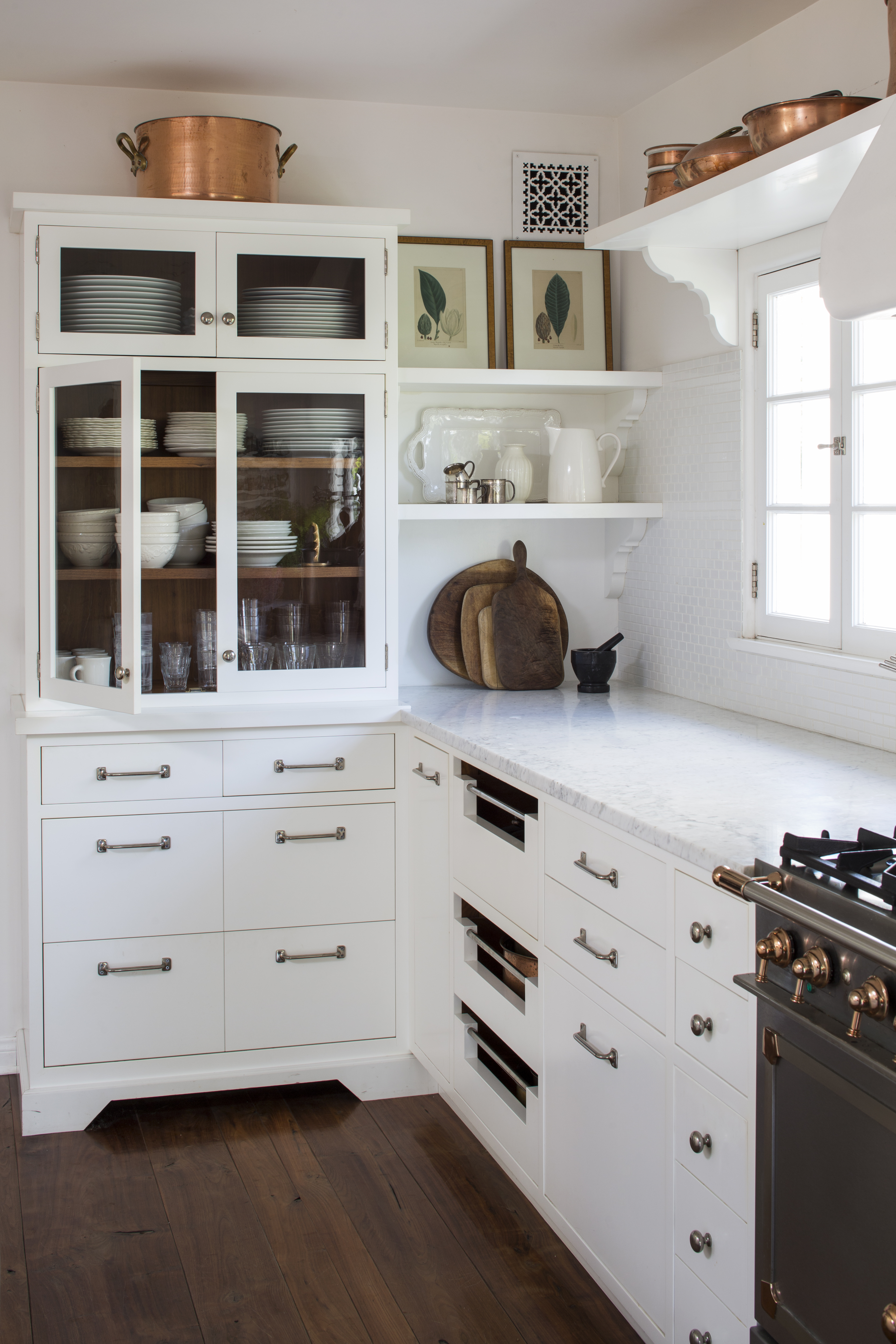
One of the most common offenders for things you have too many of are mugs and bottles, begins Juliana Meidl, professional organizer and founder of Serenity At Home Detroit.
She says, ‘An area where we see a lot of extra items is in the kitchen. People often collect a lot of coffee mugs and water bottles. Whether we get extras as gifts, giveaways, or souvenirs people generally have so many coffee mugs and water bottles and only use a few.
‘We often suggest to our clients to consider how many they use and may ever need and donate the extras, making sure to organize coffee mugs efficiently so you can see what you have.’
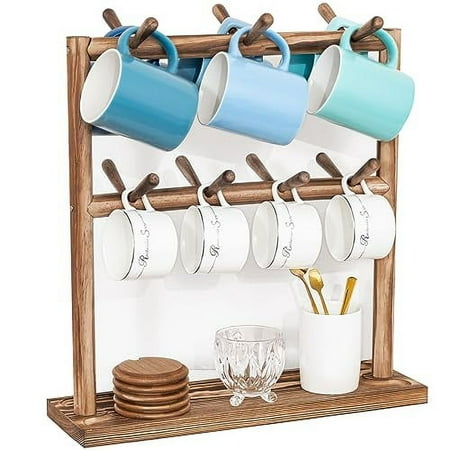
This space-saving mug storage solution can hold up to 14 small, medium and large mugs
2. Tupperware and plasticware
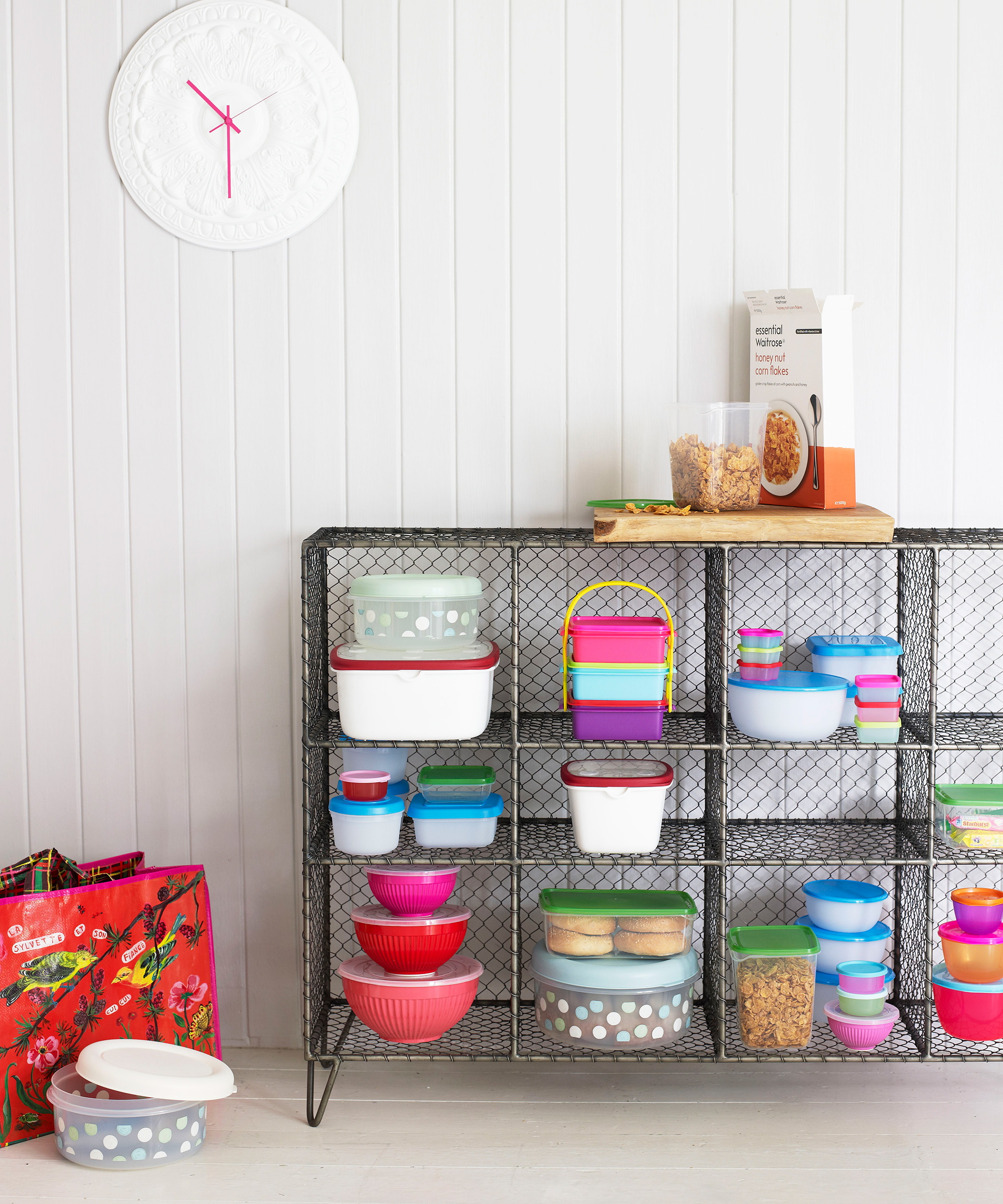
'We tend to have too many of items that are in high use, as we buy more of them but don't take the time to purge,' says Liora Seltzer, a certified KonMari Method professional organizer and founder of What U Keep. 'Examples are Tupperware and plastic-ware from take-out. Get in the habit of purging what you don't want or need as you're bringing in the new items.'
The best way to start is by taking out all of your Tupperware and matching containers to lids. If you have any spares or can't match a one to its top, recycle it along with any old or broken ones. Then, decide how many you actually need and will use from your newly streamlined collection, and donate any spares.
3. Kitchen utensils
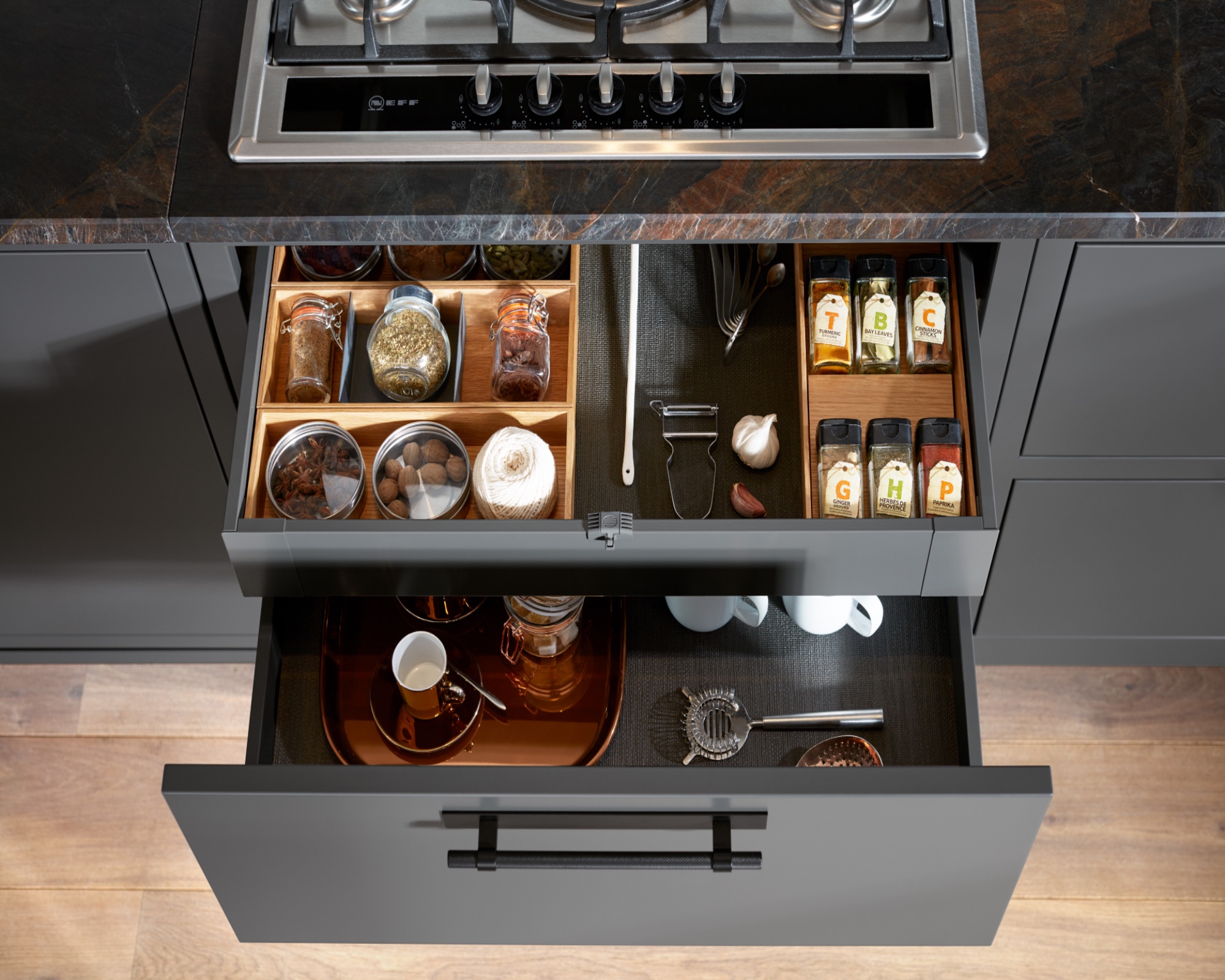
Your kitchen decluttering shouldn't stop at your mugs and bottles, Brenda Scott, professional home organizer and founder of Serenity at Home, adds.
She says. ‘We also see a lot of duplicates in kitchen utensils. It truly is not necessary to have several sets of measuring cups, multiple can openers, or a drawer full of spatulas. We work with our clients to sort through all the multiples they have, select the best ones they have, and donate the rest.’
Then, they can be organized with drawer dividers. We recommend the Better Homes & Gardens Natural Bamboo Expandable Silverware Organizer, available at Walmart, as it's expandable and adjustable, so you can customize it to your drawer space.
4. Unused cooking gadgets
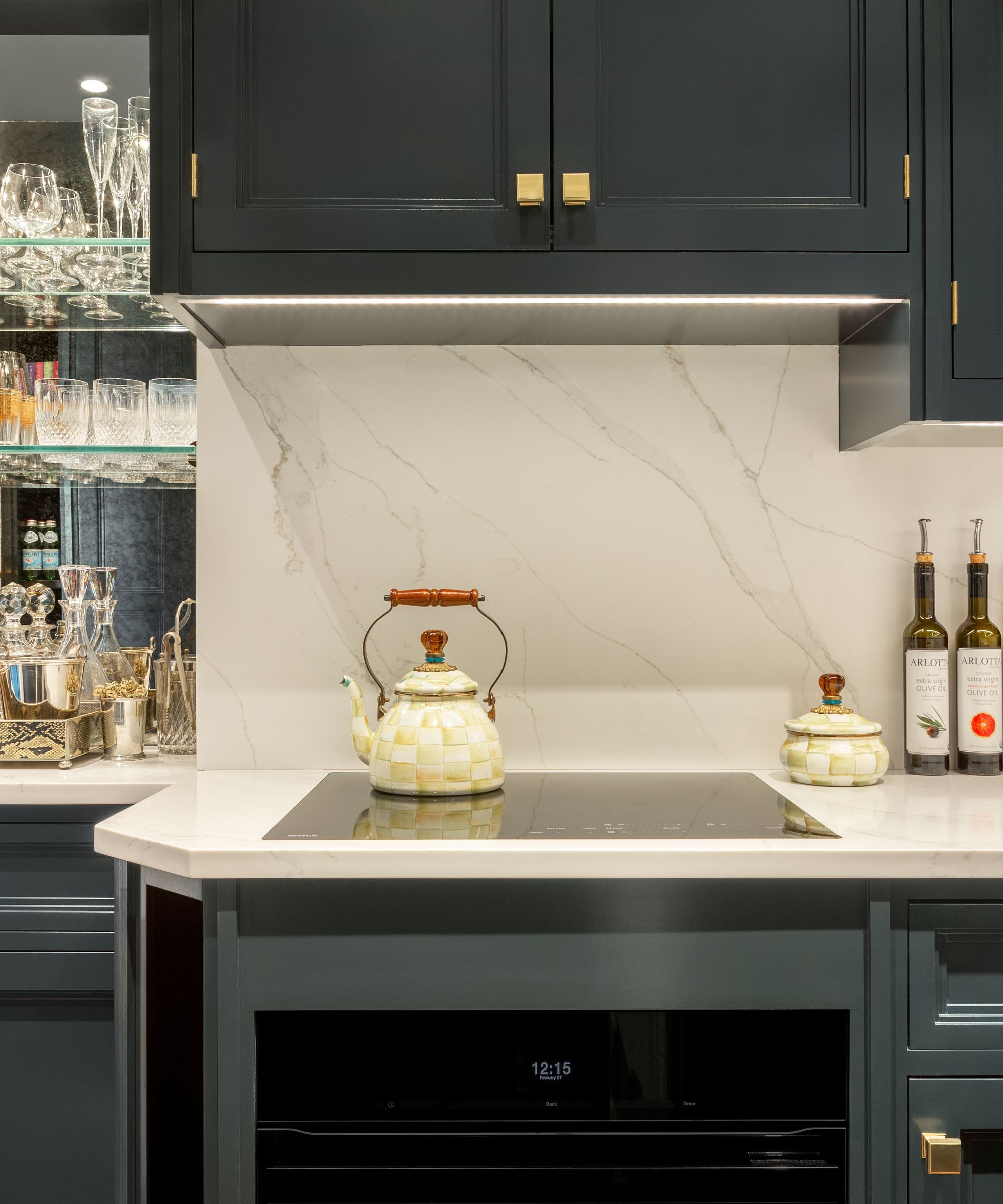
With new kitchen technology coming out all the time, it's easy to purchase new gadgets while older ones sit unused in your kitchen gathering dust.
'Would-be cooks or home chefs often have too many unused cooking gadgets, such as the latest air fryer, blender, ice cream maker, sous vide, yogurt maker or whatever else caught their culinary attention in the moment,' says Elizabeth Dodson, co-founder of HomeZada.
'These items often require a lot of storage in a kitchen and are even more challenging to store in small kitchens. Finding products that can perform multiple tasks may be a better option from a decluttering perspective. For instance, today's mixers can double as meat grinders, pasta-makers and other tools to free-up valuable counter space and allow for actual cooking.'
Ask yourself, when was the last time you used the gadget? Be realistic and get rid of any that you don't, or won't, use. Then, you can focus on organizing your kitchen appliances.
5. Reusable bags
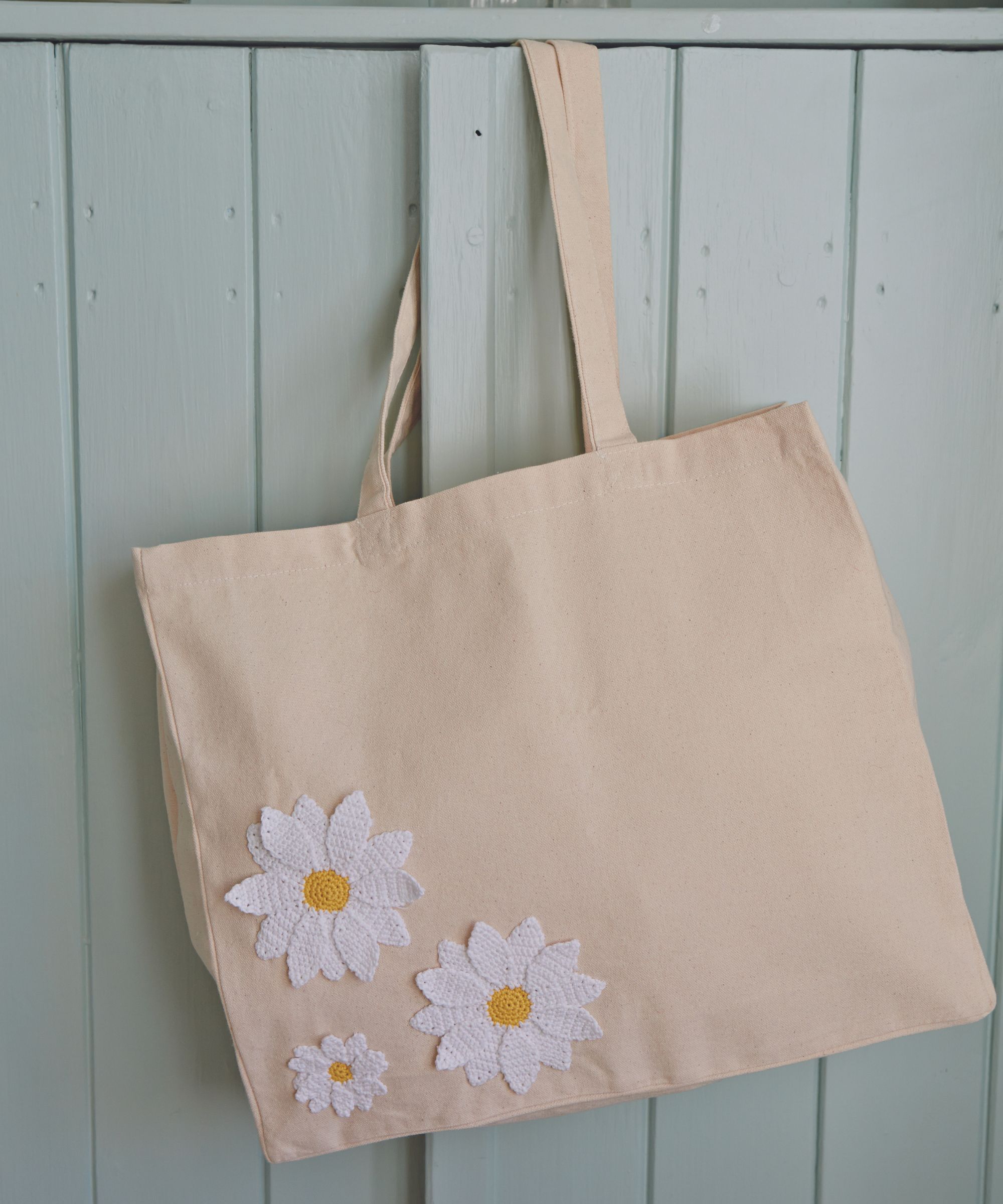
Reusable bags are a great way to cut back on plastic waste, but it is certainly possible to have too many, says Raychel Klein, home organizer and founder of RayBayBay Home Organizing. ‘These accumulate so passively that you barely realize you own too many until someone points them out, especially if you don't store tote bags properly.
‘I recommend reviewing this once or twice a year, making sure each bag has a purpose (grocery, lunch, beach) and sparks joy. This ensures that even if you grab a bag blindly, it's one you love using and is functional.’
If you want to keep plastic bags, too, we recommend using a wall-mounted holder inside a cupboard, such as this Manterio Plastic Bag Holder, available at Amazon, to keep them neat and tidy.
6. Old towels
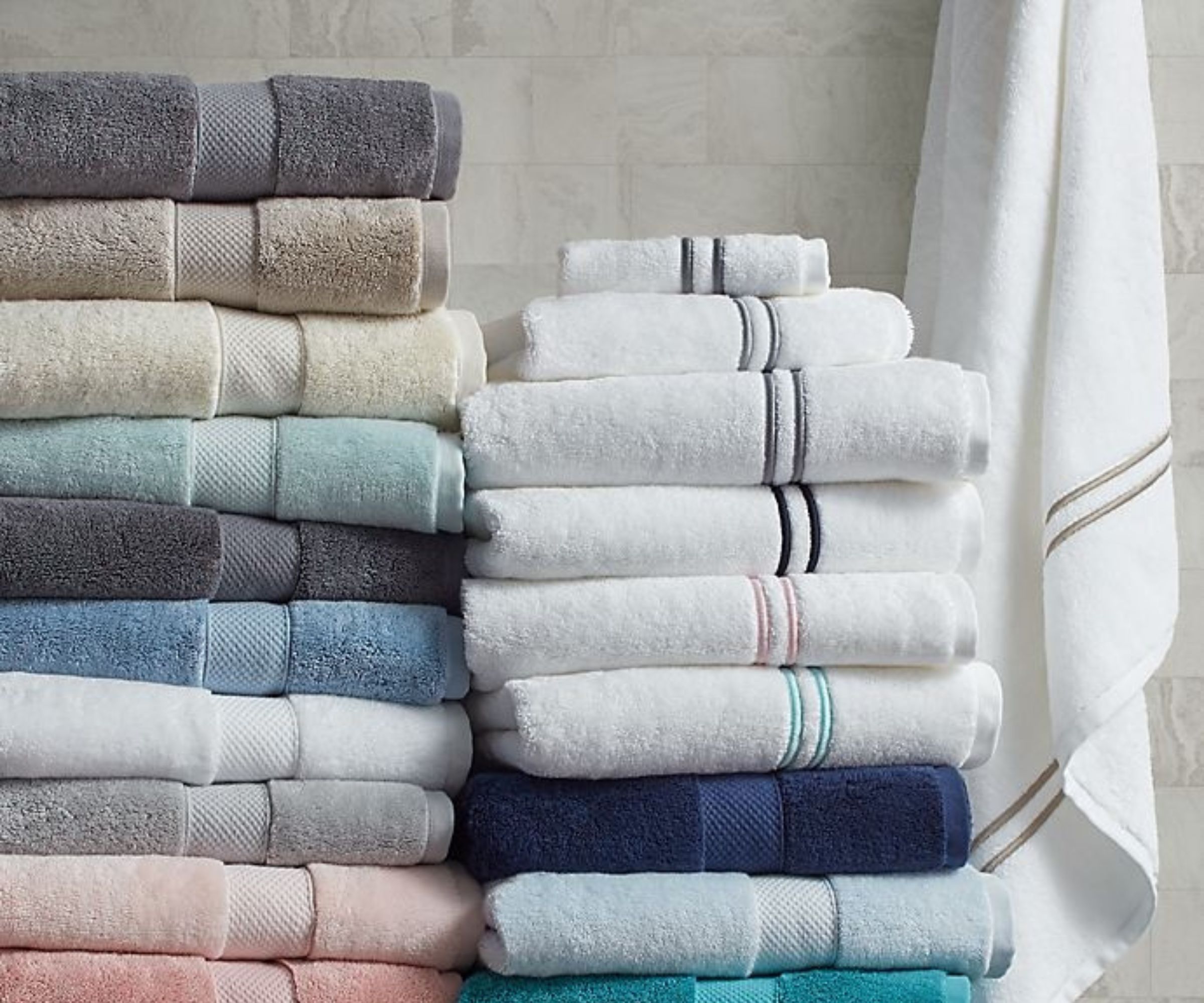
One item that tends to pile up in most homes is old towels, particularly if you save them for cleaning purposes.
'It's smart to keep these around as rags for big messes, but at some point, you just have too many of them,' says Martin Orefice, CEO of Rent to Own Labs. 'They are fairly easy to get rid of, too. They're accepted as recycling in many areas, and Goodwill will always accept rags.'
Go through your collection and decide on a suitable number to keep for your needs. Donate the rest and choose a towel storage idea to suit you.
You can also store your collection of towels in the relevant bathrooms or guest room, which can help you narrow down how much you need, and what is a duplicate. An over the door towel storage organizer such as this nine-tier one from Amazon is handy for in-room storage if the space lacks cabinets or rails.
7. Books
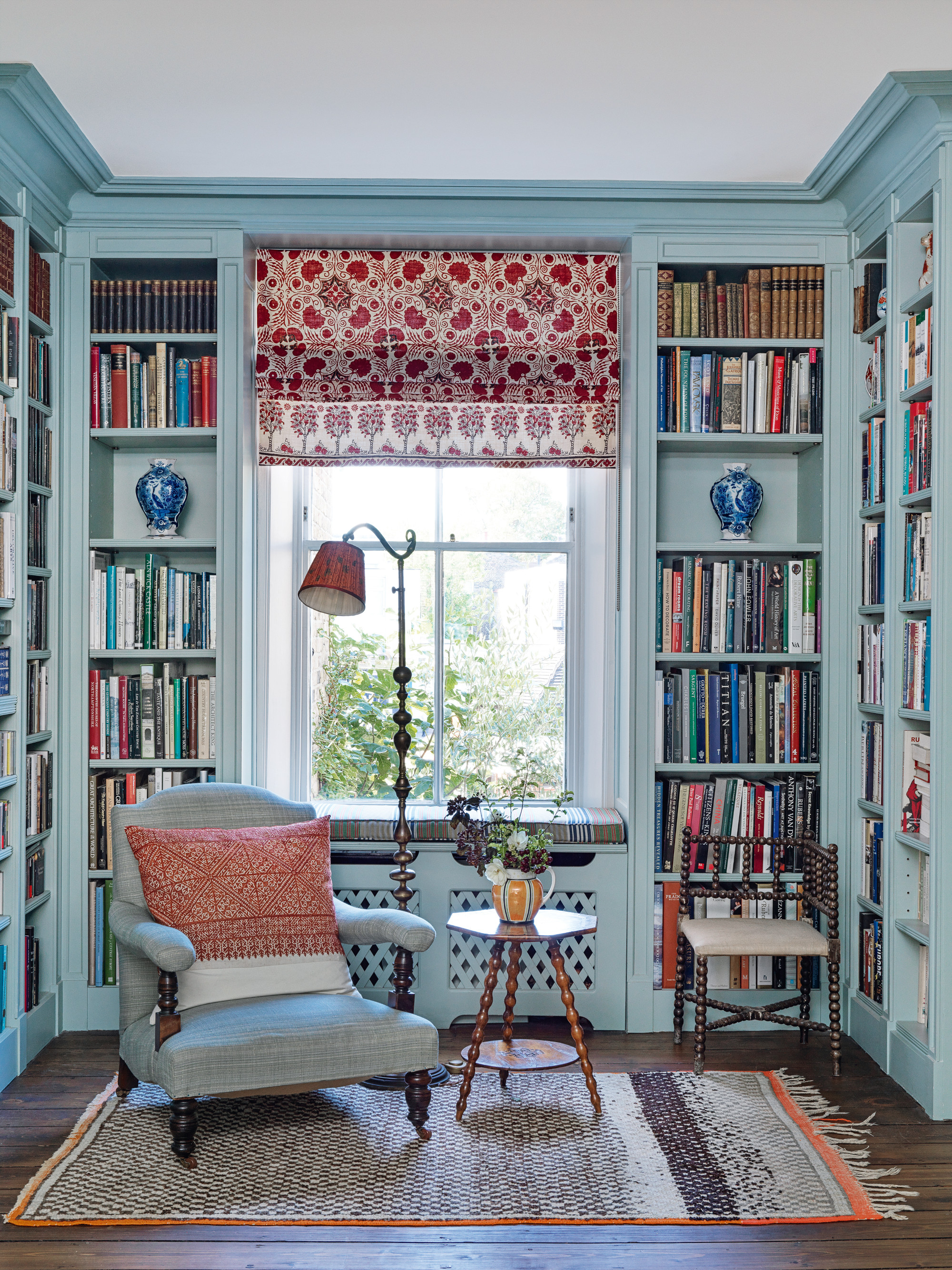
So many people have too many books,’ begins Bonnie Borromeo Tomlinson, professional organizer and author.
‘Yes, as an author this is terrible to say, but we all have more books than we need. You only need to keep personal favorites and the books you will read over and over again. Every other book you own falls into three categories: books you've read, books you started reading but lost interest in, and books you have not read.
‘To declutter books you have read, consider passing them on to a friend, or dropping them off at a donation center/charity shop. If your TBR pile is bigger than you could ever read in a lifetime, consider weeding through and selling some off. You won't miss them.’
8. Empty jars
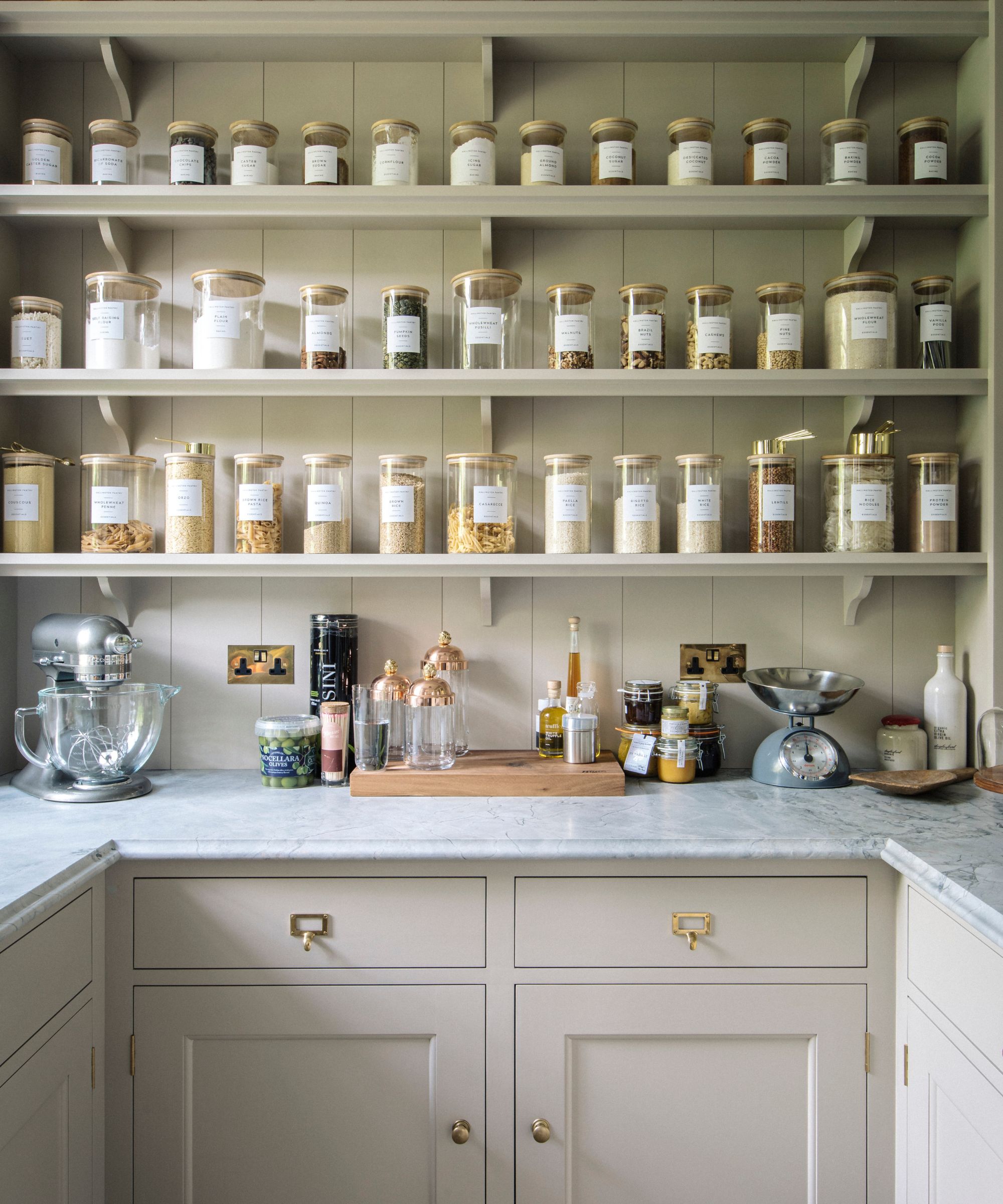
We're all guilty of storing up our old jars to use around the home, which is a great way to be eco-friendly, but often we wind up with more than we'll ever need.
'I have seen that saving jars and bottles for future use quickly leads to an overwhelming collection,' says Logan Taylor, founder of Dazzle Company and professional organizer with over 10 years of experience. 'I suggest keeping a few versatile sizes for storage or crafts and recycling the rest. My idea is to creatively recycle these extra bottles and jars such as using them as vases, candle holders, and beautiful flower pots to decorate your balcony. This way you can still keep a few for future use while decluttering your home and giving the extra bottles and jars a new purpose.'
This will also help reduce clutter and maintain a more organized kitchen, and they're a great pantry storage idea, too.
9. Bedsheets
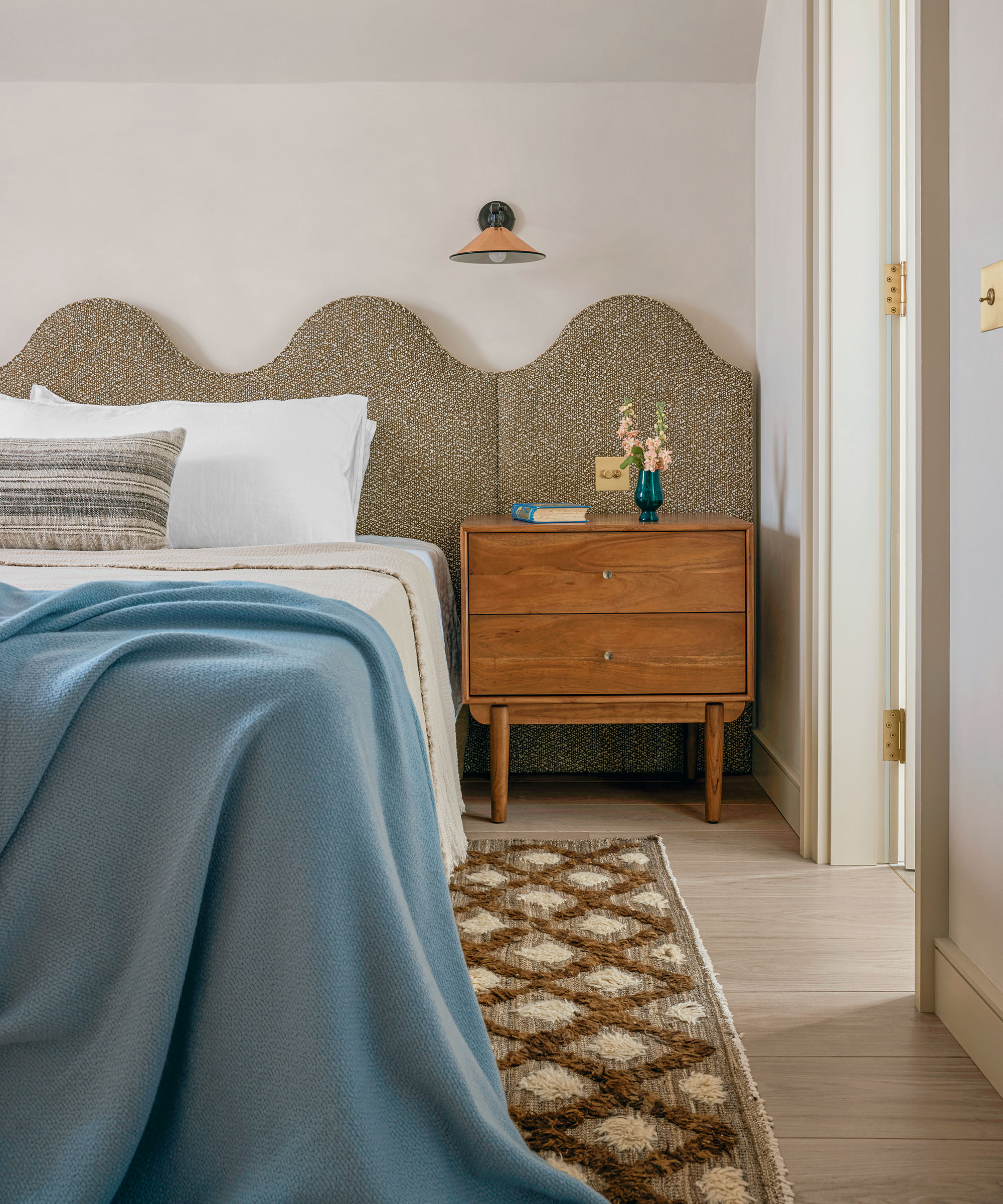
It is great to have a few sets of bedsheets lying around in case of emergencies and for guests, but you should limit your collection to two or three of your best bed sheets to avoid unnecessary clutter.
Brenda Scott, professional home organizer, says, 'The key is to go through all the items you have and only keep the ones you know you use. We often replace items with something new but don't get rid of the old ones.’
10. Home documents

Home documents can be really tricky to declutter as you might be unsure when something will be needed, or fret about throwing away important details.
'As with grocery and gift bags, many homeowners have their home documents scattered around their house,' says Dodson. 'Your insurance policy documents are in one location, while contractor business cards are in another. Receipts for home services are products are elsewhere. You may even have plans and approvals for your home in a completely different location. The list of "important papers" that homeowners now need to keep is remarkable and growing all the time.'
Instead of scattering your papers throughout your home, get rid of paper clutter by using a filing system that suits you. We like the Amazon Basics Expanding Organizer File Folder, available at Amazon, as it holds up to 260 sheets, and has 13 pockets for easy sub-dividing.
Remember to never store this item in a basement as the lack of climate control, and potential for flooding and pests may leave important documents in tatters.
11. Makeup and bath products
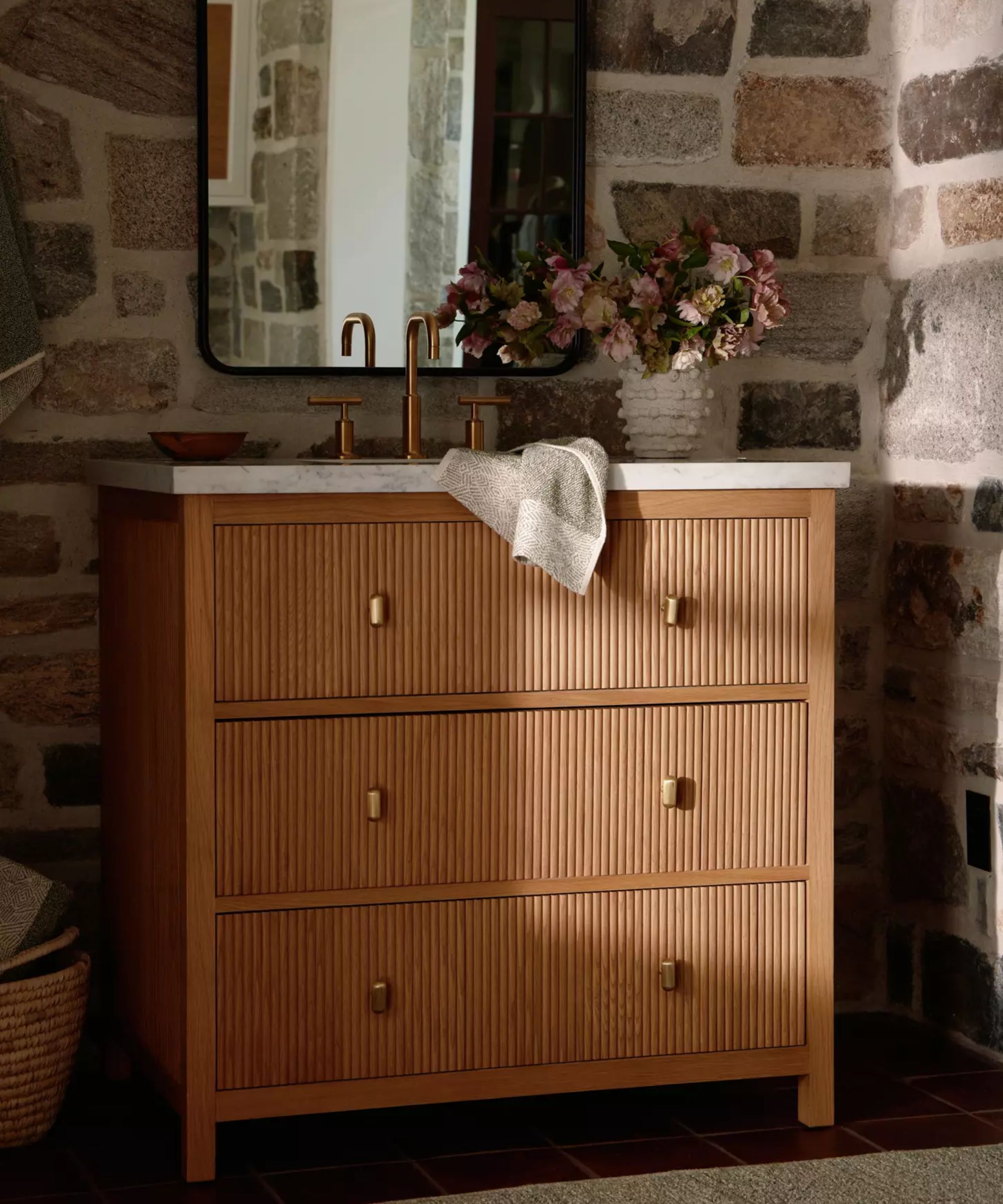
Decluttering makeup and skin care can be tricky when we have splurged money on them, but duplicates are often one of the main causes of bathroom clutter, Klein shares.
‘Product samples are perfect for on-the-go use, trying new products, or having on hand for guests who forget items, but the issue is when you stock up on samples that you would never use - think about those hotel amenities where you didn’t like the smell or samples included with an order (which wasn’t your choice).
‘I’m here to say it is 100% okay to discard any samples that you don’t foresee yourself (or someone else using); they do expire after all. Editing samples is something I recommend be done annually to keep the quantity under control.’
12. Socks with missing pairs
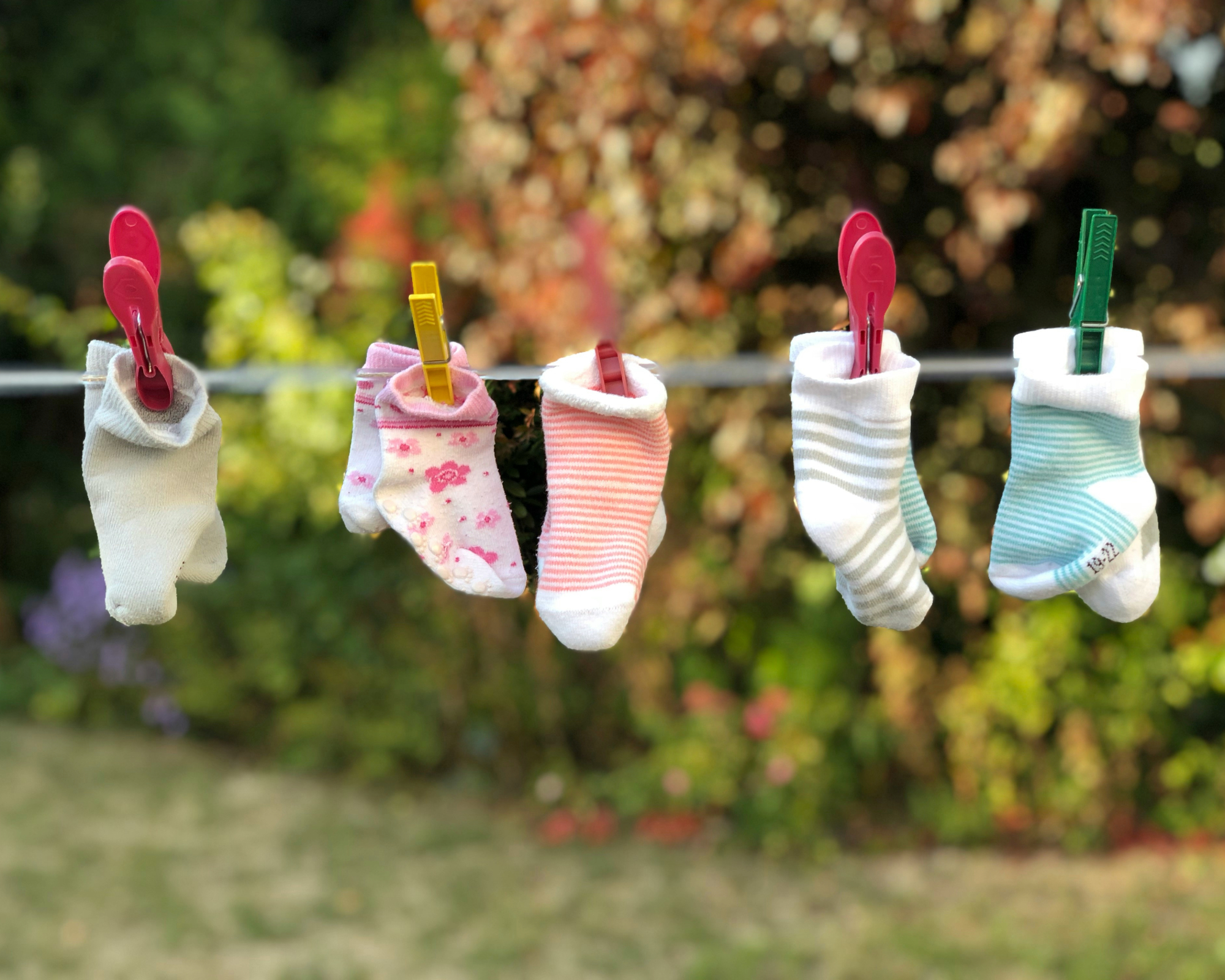
There is nothing more frustrating than reaching for your socks in the morning and finding a mismatched pair, or a singular sock you love without it's matching other half.
'You see, a drawer full of single socks can be frustrating and takes up space unnecessarily,' says Taylor. 'I suggest periodically sorting through your sock drawer, matching pairs, and repurposing or discarding the lone socks.'
Taylor recommends keeping these for cleaning or crafting, as they work well for removing dust around the home or making school projects.
'This includes cleaning hard-to-reach areas in your home or creating cute puppets for your kids,' he says. 'You can save time and space while also being creative by decluttering and re-purposing these socks.'
13. Holiday decorations
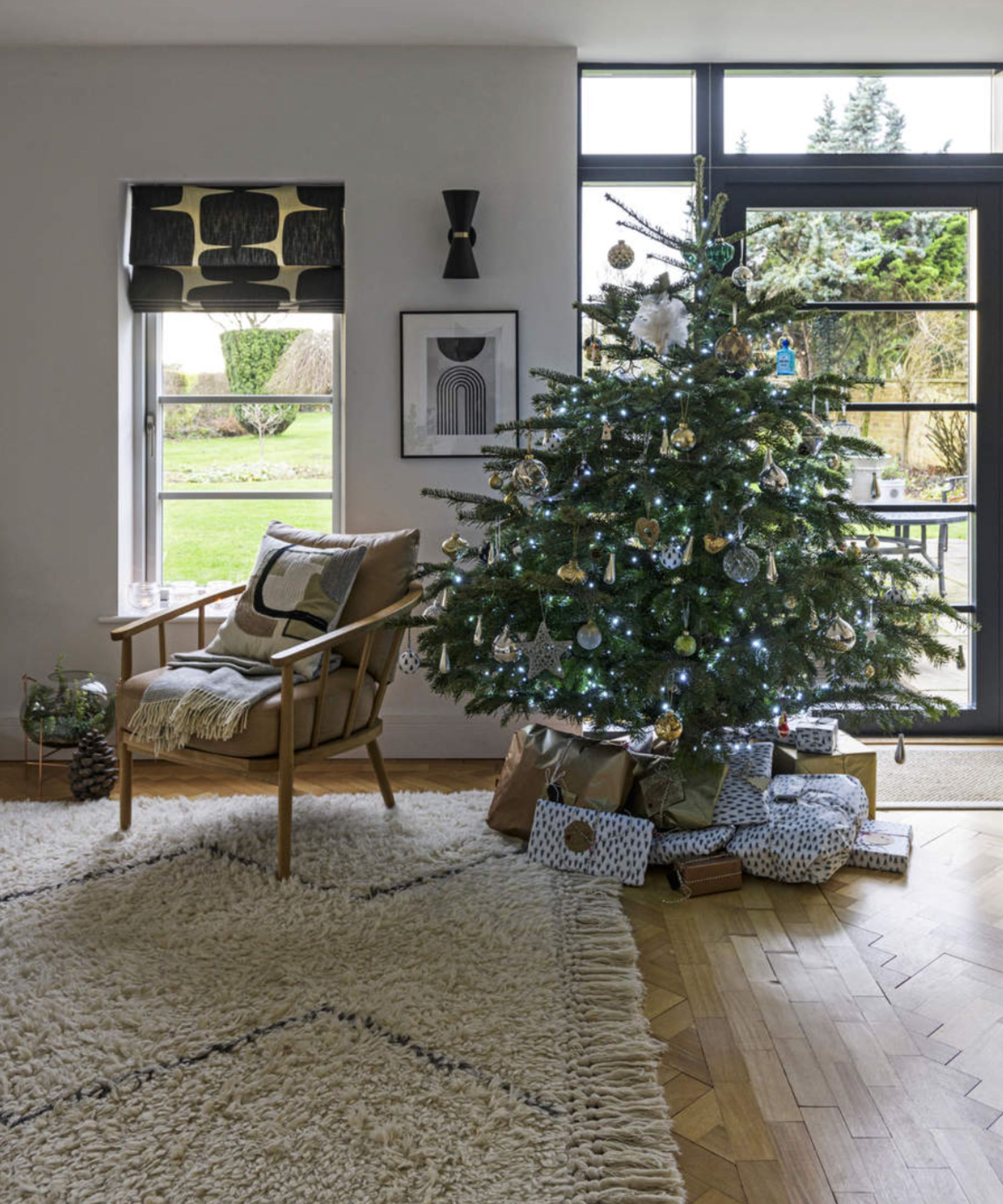
Holidays are usually a great excuse for spending a little extra and picking up the cutest of decorations from the store as we pass. But, this usually means you end up with too many to fit in your home storage, says Scott.
‘As the years go on our tastes in decorations can change or as our kids grow we do less decorating but don't always get rid of what we no longer use. We suggest that after each holiday take note of what you used and donate what you didn't,’ she suggests.
The best time to do this is when you are organizing Christmas decorations for storage, or switching between seasonal decor throughout the year.
14. Cords, cables and old electronics
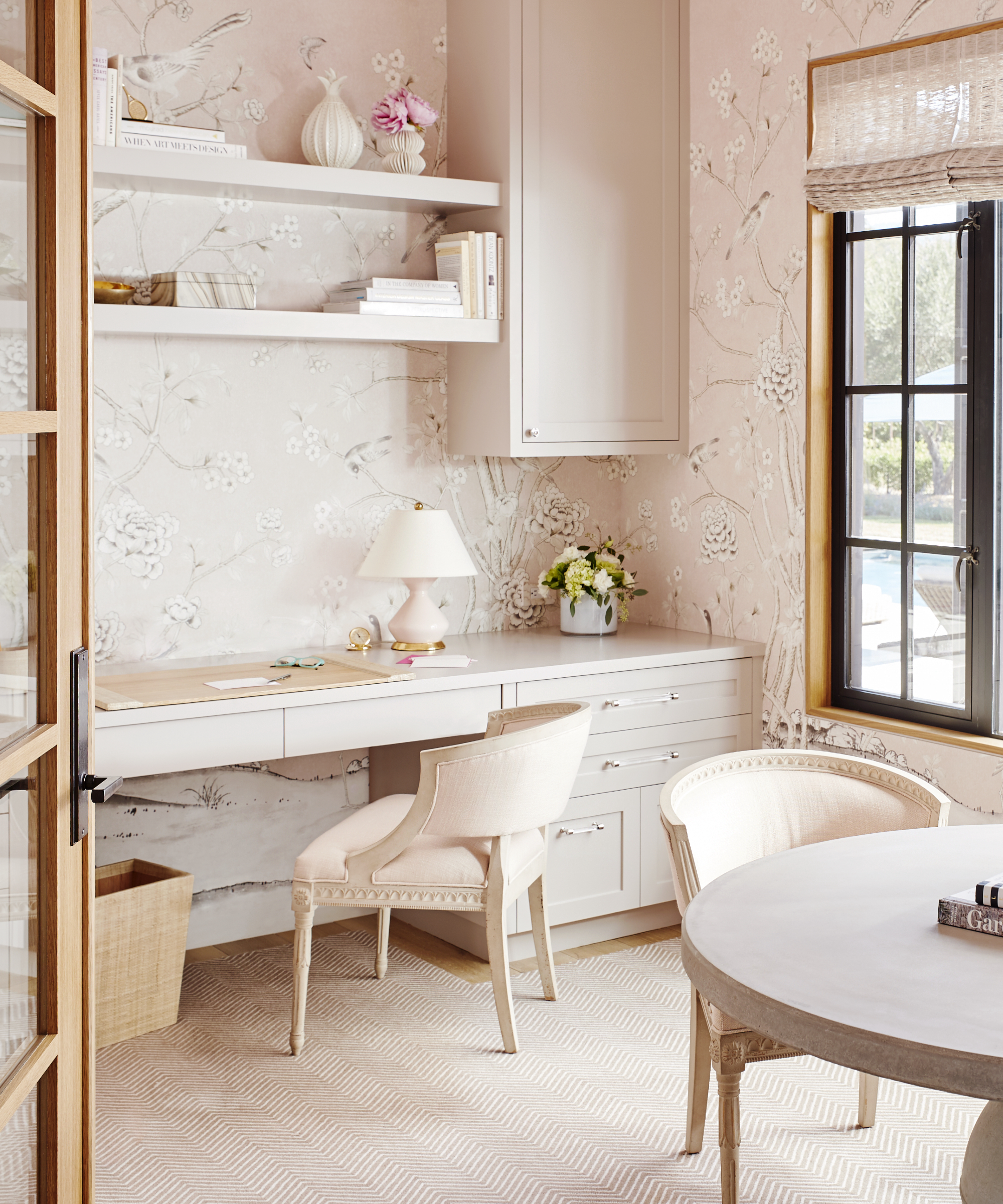
It can be really difficult to know when the right time to declutter old electronics is, but, chances are, they're old and unusable, and simply taking up space.
'We often hold onto old electronics thinking we might need them, but they usually just gather dust,' says Meaghan Kessman, professional home organizer at Meaghan Kessman Home Organization. 'Decluttering and recycling these responsibly can help you reclaim storage space and keep your electronic collection organized.
Similarly, organizing cables and cords can be a nightmare, usually because we have so many of them and no idea what each of them is for. As a result, this is a category worthy of cutting back on,’ says Robyn Reynolds, home organizer and founder of Organize2Harmonize.
‘When we buy an electronic, it usually comes with cords and wires. However, we already have the wires from the last item. We also have excess power cords to what, no one knows. If you needed it, it would be attached to the item you are using. It is OK to get rid of that miscellaneous box of cords and wires. It usually sits for years without ever being looked at anyway and they can easily be replaced if you get rid of something you need later down the line.’
We recommend investing in cable labels, such as these ones available at Amazon, which come in pack of 270, and labeling any cables you actually use. Recycle the rest.
FAQs
Why do I always end up with clutter?
If you declutter, but do not put supporting practices into place to avoid bringing more stuff into the house, it will accumulate again.
Implement a one-in-one-out policy to avoid adding to growing piles of clutter before you have a clear-out, and set up some home storage that works well for you to avoid things being left out on tables and counters.
Putting things away as you use them is the best way to prevent clutter from building up around your home.
Meet our experts
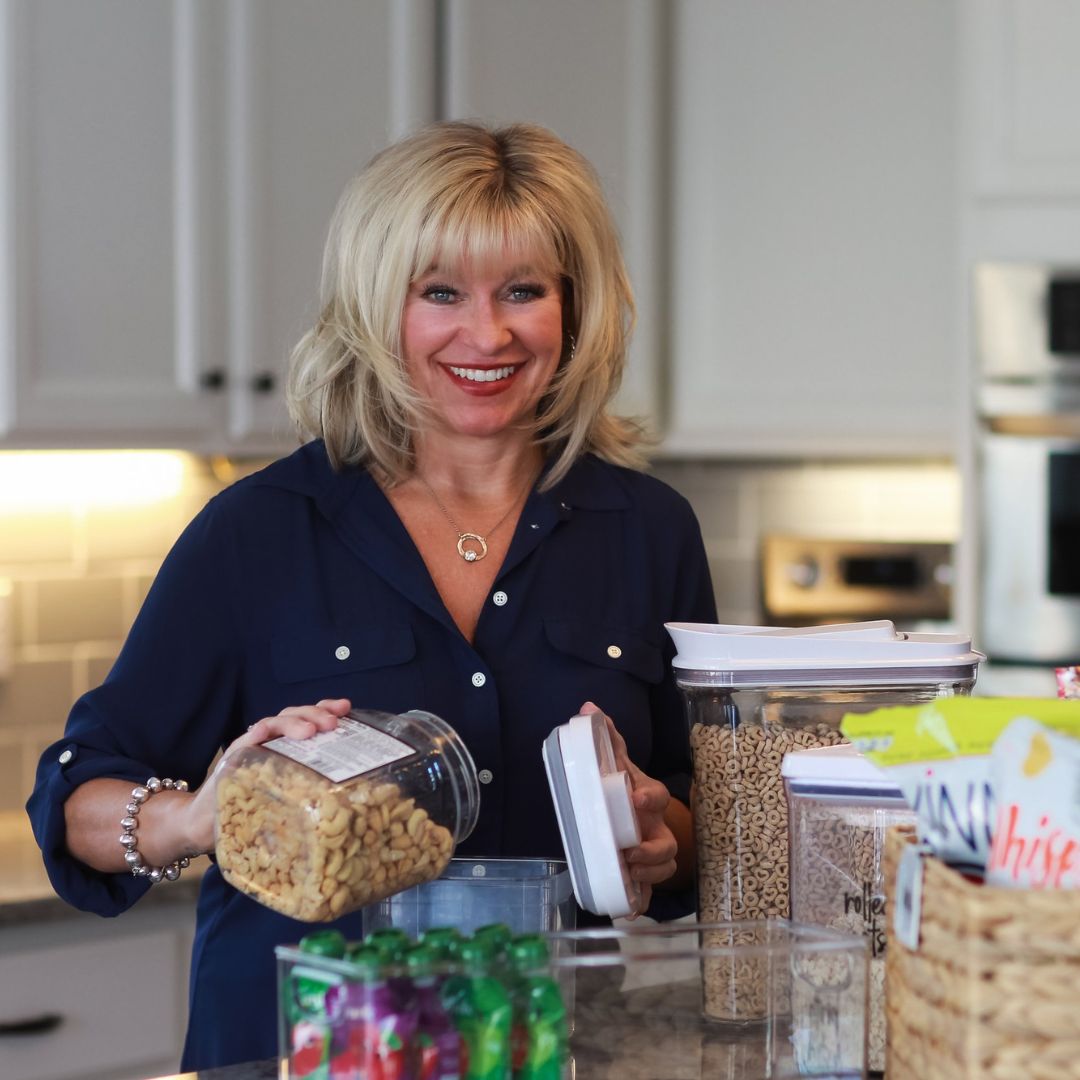
Juliana Meidl has been a professional home organizer for many years, having found that they key to a serene home was perfect organization that works for the family.

Brenda Scott is passionate about home organizing, decluttering, and creating a safe home. At Tidy My Space, she helps people to keep their homes tidy when life gets busy. Brenda shares useful tips and gives practical help with sorting and editing her clients' spaces, leading them to feel less stressed and bringing the luxury of time to be spent with family, friends, or on themselves.

Raychel Klein started her home organization business in 2020 with the mission of helping people escape the vicious cycle of clutter. She is a certified KonMari consultant based in Seattle, Washington.

Bonnie Borromeo Tomlinson is the author of Stop Buying Bins & other blunt but practical advice from a home organizer. She was the principal of Bonnie Lia Interiors, a home organizing and interior decorating firm with clients in MD, VA, DC. She has also held positions as a senior national media buyer, museum store retail buyer, and home decor account manager. Since 2020, she has focused her attention on writing full-time.
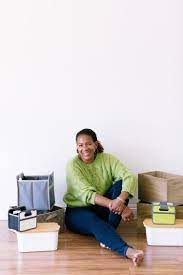
Robyn started her professional organizing company in 2008, and has since helped hundred of clients from busy stay-at-home moms to business executives and celebrities.
Once you have decluttered these commonly overflowing categories, it is important to focus on home organizing to keep the clutter to a minimum. Place them in storage containers that limit how many things you have so you are not at risk of squeezing more unnecessary items in, such as a utensil tray in the kitchen, or some storage baskets in the bathroom for hygiene products. Only buy more when you run out, or an item needs replacing.
Sign up to the Homes & Gardens newsletter
Design expertise in your inbox – from inspiring decorating ideas and beautiful celebrity homes to practical gardening advice and shopping round-ups.

Chiana has been at Homes & Gardens for two years and is our resident 'queen' of non-toxic living. She spends most of her time producing content for the Solved section of the website, helping readers get the most out of their homes through clever decluttering, cleaning, and tidying tips. She was named one of Fixr's top home improvement journalists in 2024.
-
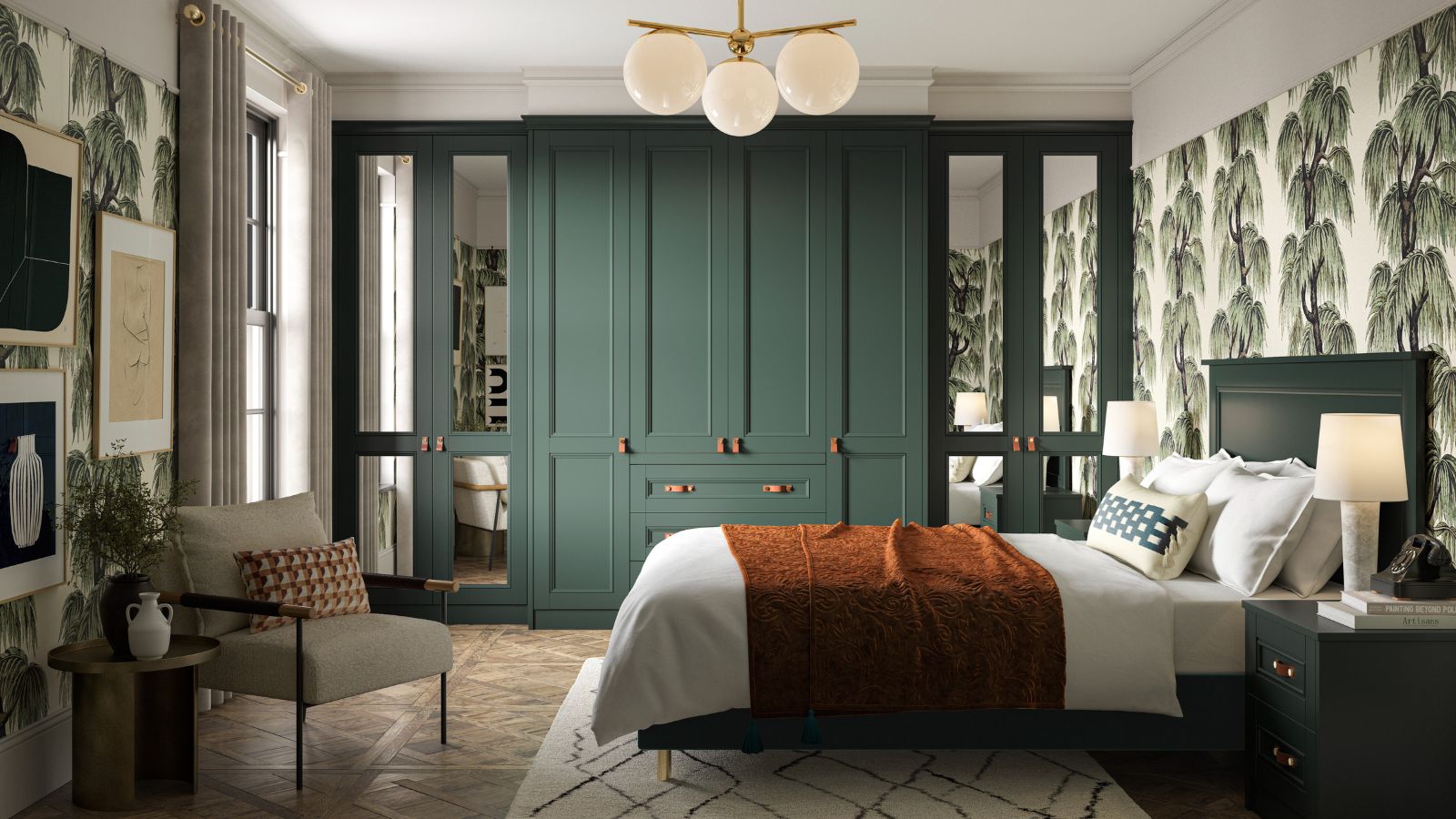 Is this the end of built-in bedroom furniture? Designers decide if this once-loved feature will in fact date your space
Is this the end of built-in bedroom furniture? Designers decide if this once-loved feature will in fact date your spaceWill we be saying goodbye to built-in wardrobes, shelves, and drawers this year? We spoke with interior designers to see if this classic carpentry style will continue to be featured in bedrooms
By Eleanor Richardson
-
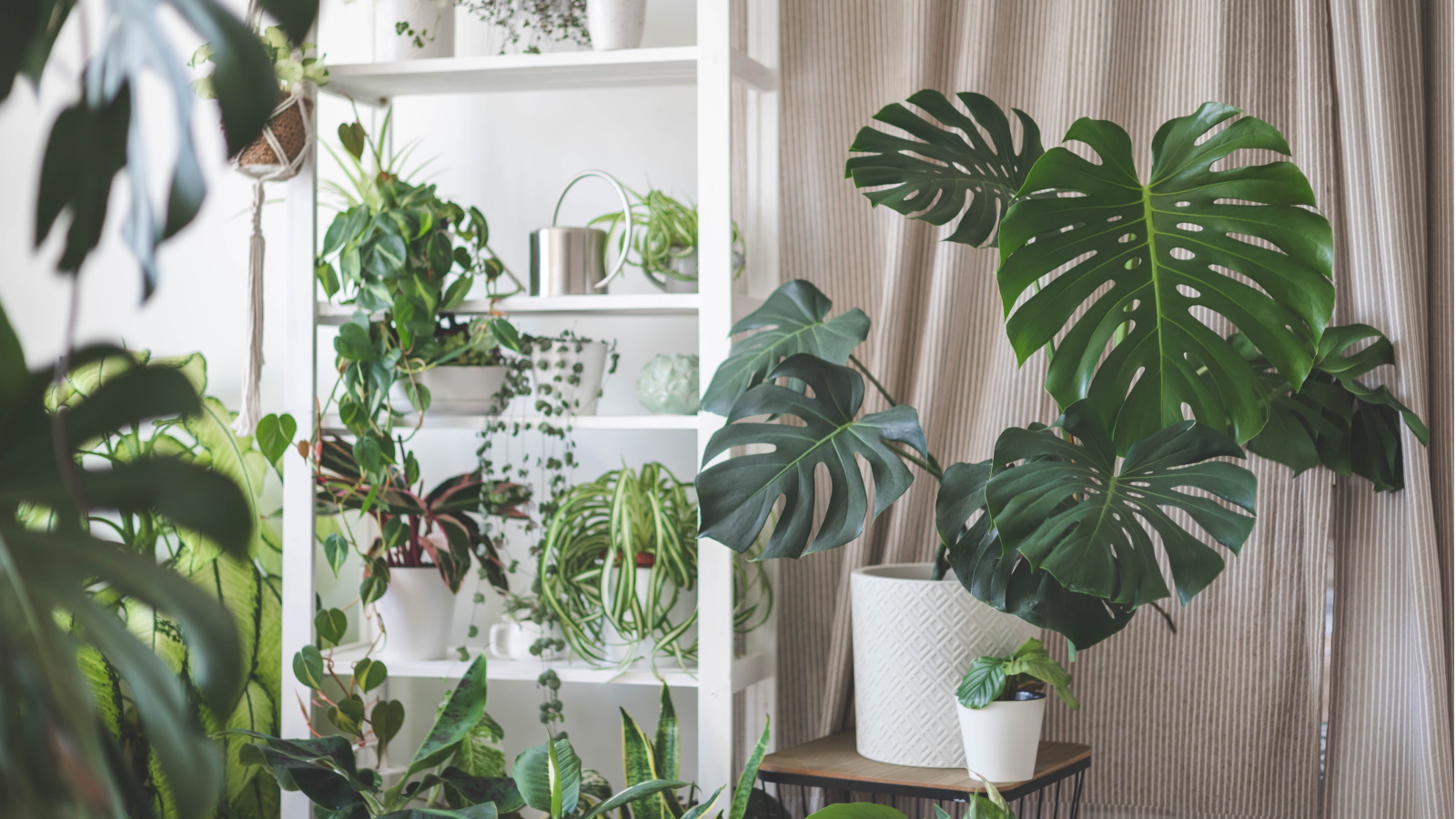 These are the worst houseplants for beginners – experts reveal 5 difficult plants to avoid, plus easy alternatives to choose instead
These are the worst houseplants for beginners – experts reveal 5 difficult plants to avoid, plus easy alternatives to choose insteadCaring for these houseplants successfully requires a lot of of TLC
By Tenielle Jordison
-
 Go guilt-free – I'm a professional home organizer and these are the 5 decluttering rules I urge you to break
Go guilt-free – I'm a professional home organizer and these are the 5 decluttering rules I urge you to breakDitch the rules for stress-free declutter
By Orna Fathers
-
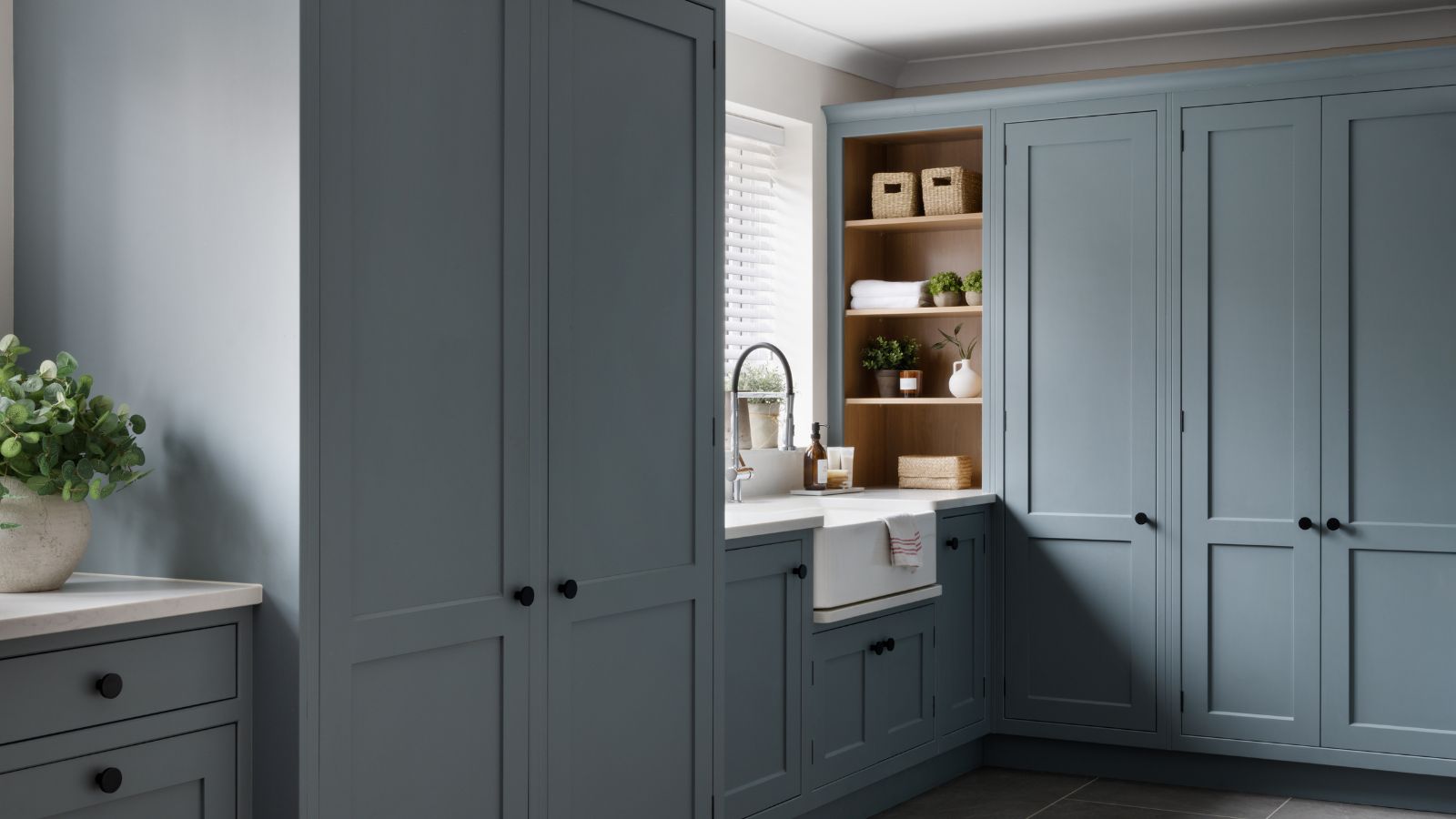 ‘Completion days’ are the answer to laundry doom piles, pro organizer claims – here’s how this hack can instantly stop fresh laundry from piling up once and for all
‘Completion days’ are the answer to laundry doom piles, pro organizer claims – here’s how this hack can instantly stop fresh laundry from piling up once and for allStay on top of your laundry with the 'Completion days' method
By Chiana Dickson
-
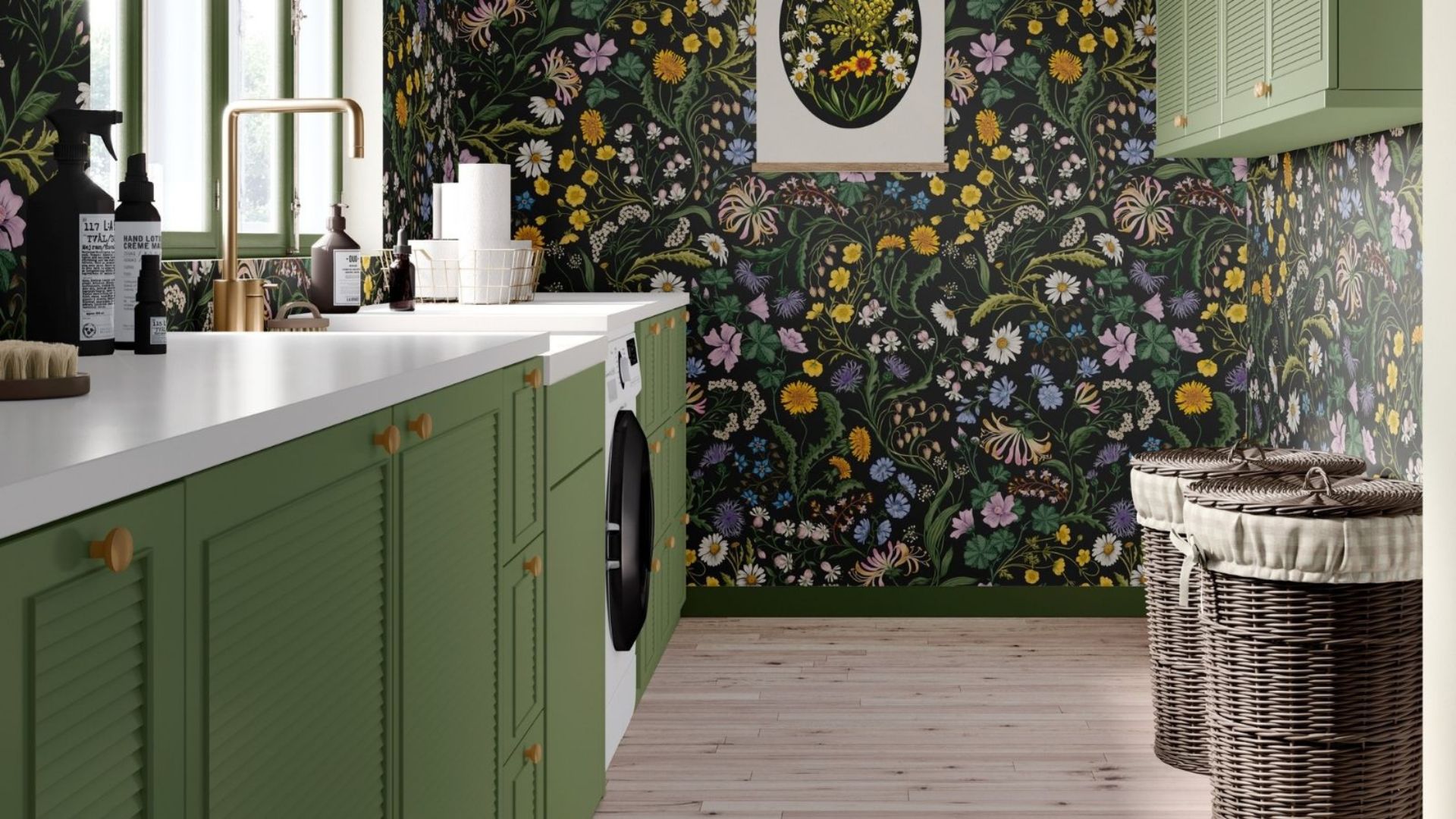 This laundry heap hack will do away with doom piles – here’s how to use it to prevent mess and speed up laundry
This laundry heap hack will do away with doom piles – here’s how to use it to prevent mess and speed up laundryThis method can help you put away your clothes in minutes
By Chiana Dickson
-
 7 questions to ask yourself before moving house – realtors promise answering these questions will prevent buyer's regret
7 questions to ask yourself before moving house – realtors promise answering these questions will prevent buyer's regretDon’t make your move harder, ask these questions before moving to avoid mistakes
By Chiana Dickson
-
 ‘It leads to more headaches than it's worth’ – 4 reasons you should never store things in your oven, including fire risks and serious illness
‘It leads to more headaches than it's worth’ – 4 reasons you should never store things in your oven, including fire risks and serious illnessYour oven is for cooking, and cooking only, experts urge
By Chiana Dickson
-
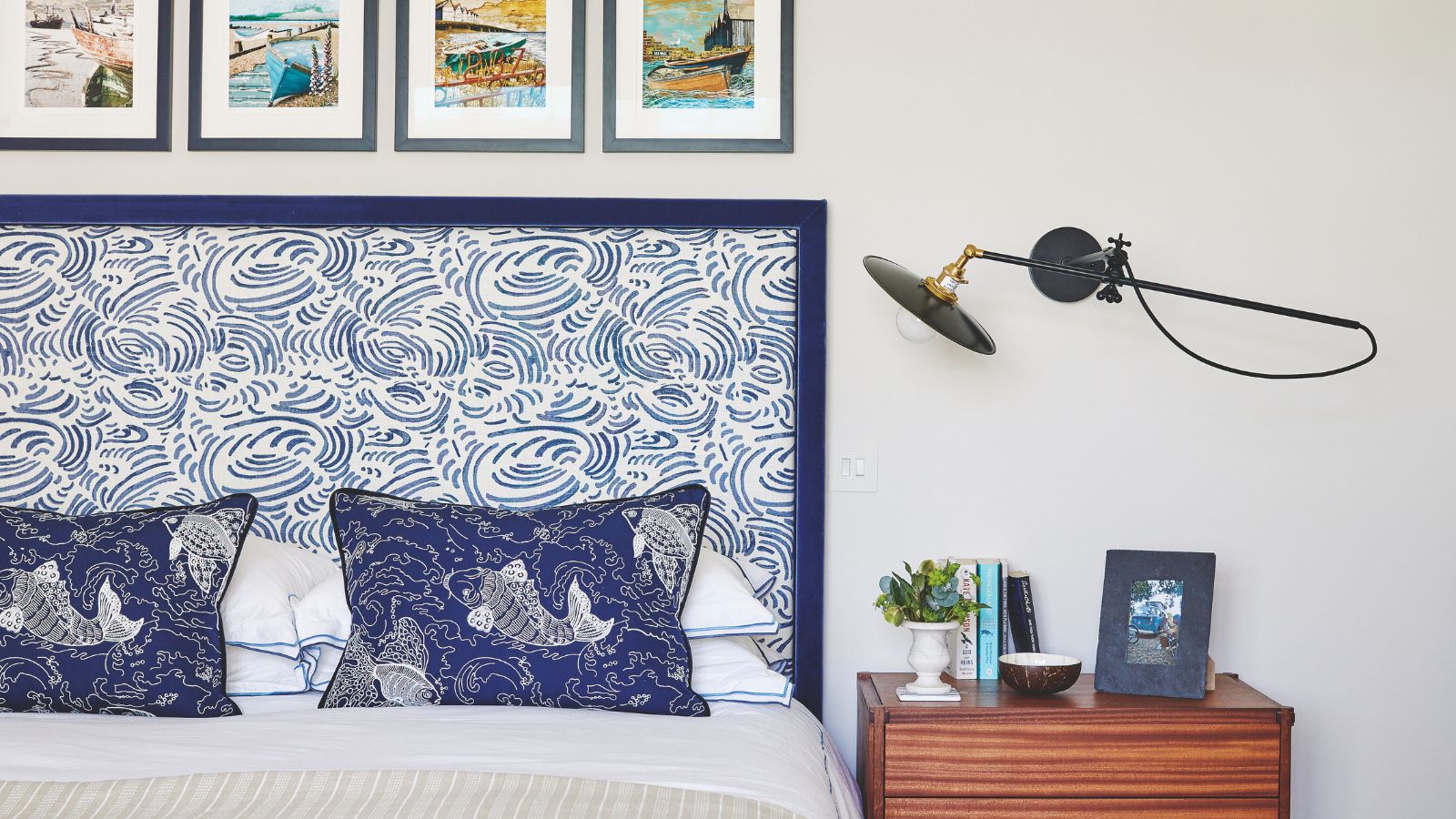 'Big results before you know it' – experts urge you to use the ‘Take Away 10’ method for simple decluttering with zero decision fatigue
'Big results before you know it' – experts urge you to use the ‘Take Away 10’ method for simple decluttering with zero decision fatigueIt can cut hundreds of items from your home in just a few weeks
By Ottilie Blackhall
-
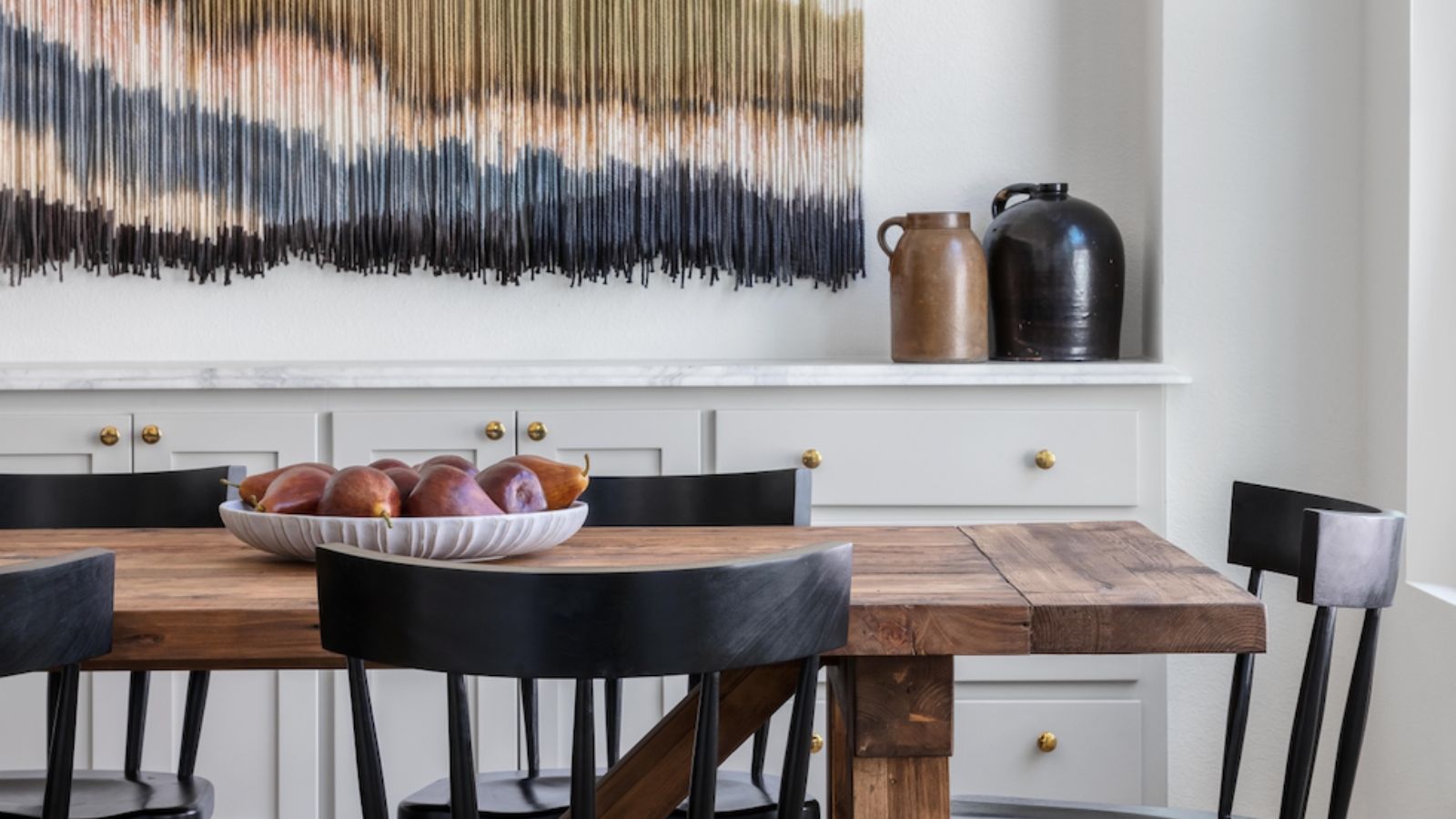 How the 'ODT' method can help you to tackle your overwhelming decluttering checklist – and streamline the process from start to finish
How the 'ODT' method can help you to tackle your overwhelming decluttering checklist – and streamline the process from start to finishAvoid 'analysis paralysis' and tick off tasks quickly and easily by making just one decision at a time
By Ottilie Blackhall
-
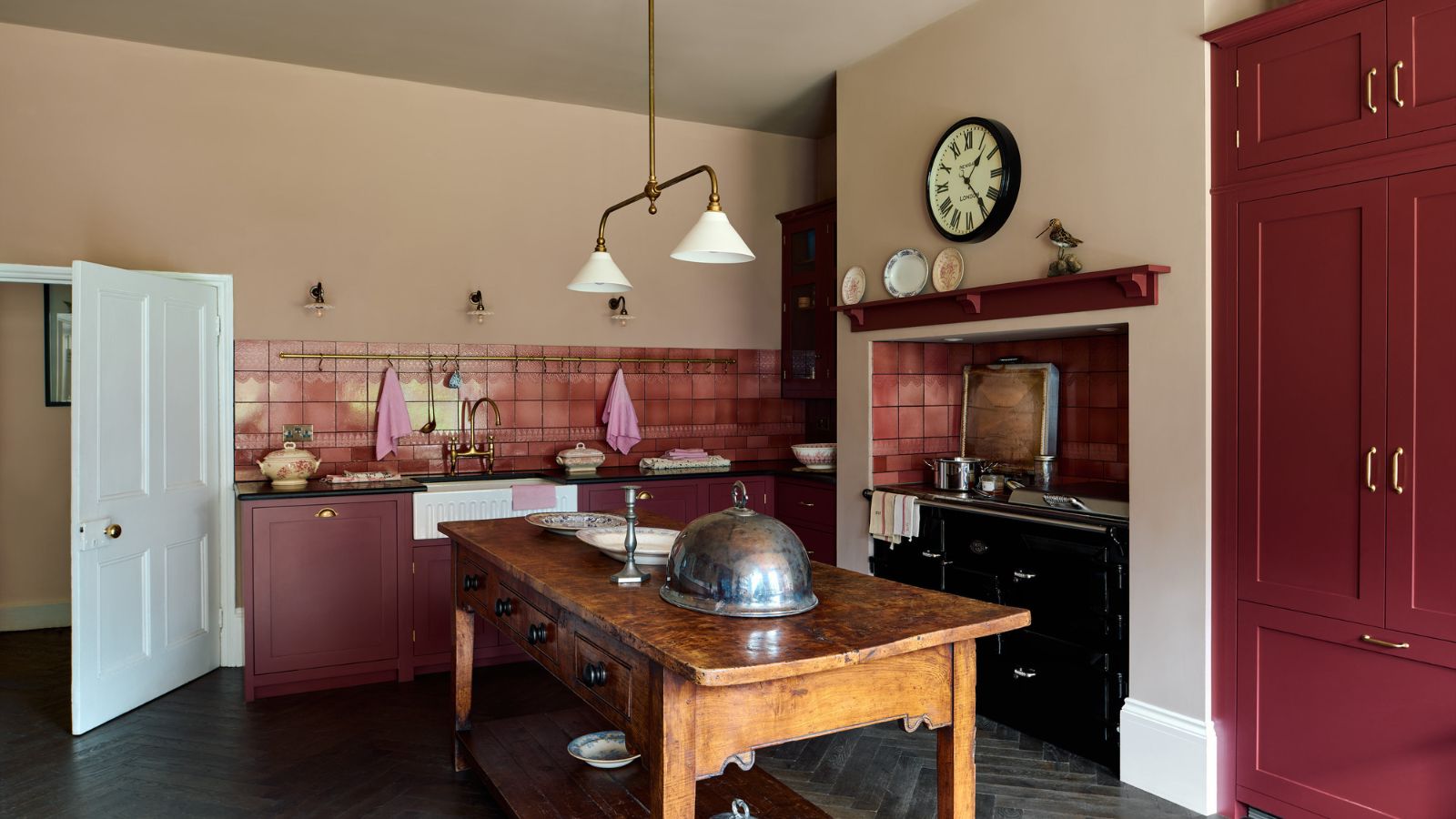 It’s a concept straight out of a fashionista's playbook, but I used the Sandwich Method to organize my kitchen shelves – it’s never looked sleeker
It’s a concept straight out of a fashionista's playbook, but I used the Sandwich Method to organize my kitchen shelves – it’s never looked sleekerIt transformed messy to mesmerizing in a matter of seconds
By Punteha van Terheyden